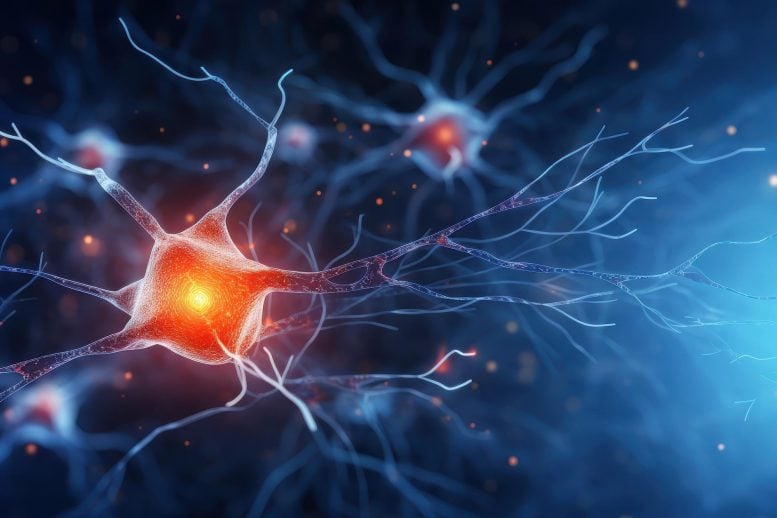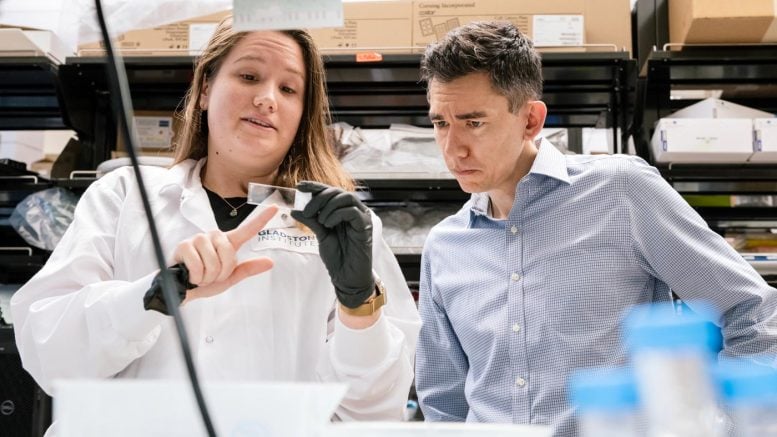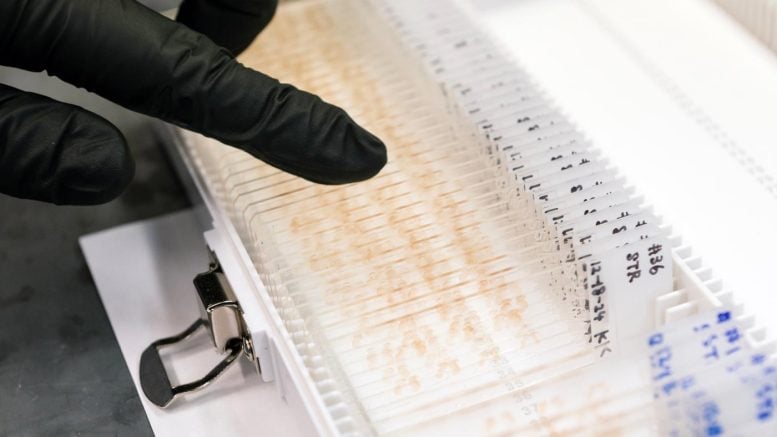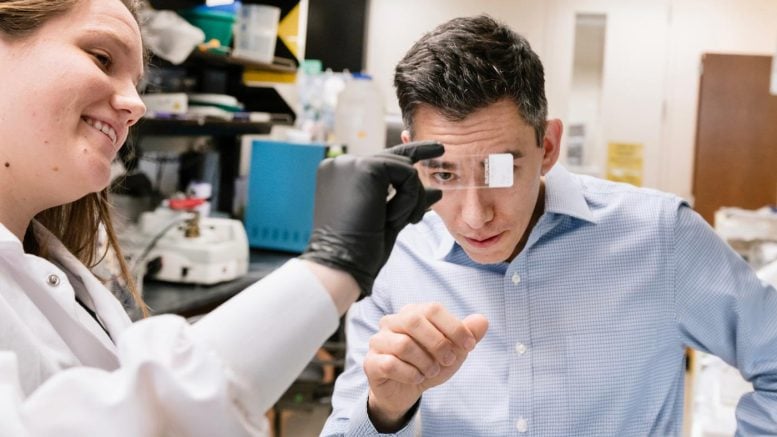
Scientists at Gladstone Institutes uncovered a surprising reason why dopamine-producing neurons, crucial for smooth body movements, die in Parkinson’s disease.
In mice, when these neurons were kept overactive for weeks, they began to falter, first losing their connections and then dying altogether. This mirrors the selective neuron loss seen in patients, where overworked cells in the substantia nigra eventually collapse.
Parkinson’s Mystery: Why Key Brain Cells Die
Certain groups of brain cells control the body’s ability to move with precision and coordination. When these cells remain in an overactive state for extended periods, they begin to deteriorate and eventually die. Researchers at the Gladstone Institutes recently observed this process, offering fresh insight into what might go wrong in the brains of people with Parkinson’s disease.
Scientists have long recognized that a specific type of neuron is lost as Parkinson’s progresses, though the reasons behind this decline have remained uncertain. A new study, published in the journal eLife, shows that in mice, prolonged overstimulation of these neurons can directly lead to their death. The researchers suggest that in Parkinson’s, this overactivity may be fueled by a combination of genetic risks, environmental exposures, and the extra strain on surviving neurons as they try to make up for those already lost.

“An overarching question in the Parkinson’s research field has been why the cells that are most vulnerable to the disease die,” says Gladstone Investigator Ken Nakamura, MD, PhD, who led the study. “Answering that question could help us understand why the disease occurs and point toward new ways to treat it.”
Parkinson’s Symptoms and Rising Neuron Activity
More than 8 million people around the world are currently affected by Parkinson’s disease, a progressive disorder of the brain that leads to tremors, slowed movements, muscle stiffness, and difficulty with walking and balance.
Researchers know that the neurons responsible for producing dopamine, which is essential for voluntary movement, are among those that die in Parkinson’s patients. Evidence also shows that these neurons often become more active as the disease advances, both before and after degeneration begins. What has remained unclear is whether this surge in activity is simply a response to the disease or if it plays a direct role in driving cell death.

Continuous vs. Short-Term Activation
In the new study, Nakamura and his colleagues tackled this question by introducing a receptor specifically into dopamine neurons in mice that allowed them to increase the cells’ activity by treating the animals with a drug, clozapin-N-oxide (CNO). Uniquely, the scientists added CNO to the animals’ drinking water, driving chronic activation of the neurons.
“In previous work, we and others have transiently activated these cells with injections of CNO or by other means, but that only led to short bursts of activation,” says Katerina Rademacher, a graduate student in Nakamura’s lab and first author of the study. “By delivering CNO through drinking water, we get a relatively continuous activation of the cells, and we think that’s important in modeling what happens in people with Parkinson’s disease.”

Within a few days of overactivating dopamine neurons, the animals’ typical cycle of daytime and nighttime activities became disrupted. After one week, the researchers could detect degeneration of the long projections (called axons) extending from some dopamine neurons. By one month, the neurons were beginning to die.
Importantly, the changes mostly affected one subset of dopamine neurons—those found in the region of the brain known as the substantia nigra, which is responsible for movement control—while sparing dopamine neurons in brain regions responsible for motivation and emotions. This is the same pattern of cellular degeneration seen in people with Parkinson’s disease.
Connecting Mouse Findings to Human Parkinson’s
To gain insight into why overactivation leads to neuronal degeneration, the researchers studied the molecular changes that occurred in the dopamine neurons before and after the overactivation. They showed that overactivation of the neurons led to changes in calcium levels and in the expression of genes related to dopamine metabolism.
“In response to chronic activation, we think the neurons may try to avoid excessive dopamine—which can be toxic—by decreasing the amount of dopamine they produce,” Rademacher explains. “Over time, the neurons die, eventually leading to insufficient dopamine levels in the brain areas that support movement.”

Shared Gene Patterns in Patients and Mice
When the researchers measured the levels of genes in brain samples from patients with early-stage Parkinson’s, they found similar changes; genes related to dopamine metabolism, calcium regulation, and healthy stress responses were turned down.
The research did not reveal why activity of the dopamine neurons might increase with Parkinson’s disease, but Nakamura hypothesizes that there could be multiple causes, including genetic and environmental factors. The overactivity could also be part of a vicious cycle initiated early in disease. As dopamine neurons become overactive, they gradually shut down dopamine production, which worsens movement problems. Remaining neurons work even harder to compensate, ultimately leading to cell exhaustion and death.
“If that’s the case, it raises the exciting possibility that adjusting the activity patterns of vulnerable neurons with drugs or deep brain stimulation could help protect them and slow disease progression,” Nakamura says.
Reference: “Chronic hyperactivation of midbrain dopamine neurons causes preferential dopamine neuron degeneration” by Katerina Rademacher, Zak Doric, Dominik Haddad, Aphroditi Mamaligas, Szu-Chi Liao, Rose Creed, Kohei Kano, Zac Chatterton, Yuhong Fu, Joseph H Garcia, Victoria M Vance, Yoshitaka J Sei, Anatol Kreitzer, Glenda Halliday, Alexandra B Nelson, Elyssa Margolis and Ken Nakamura, 26 August 2025, eLife.
DOI: 10.7554/eLife.98775
Never miss a breakthrough: Join the SciTechDaily newsletter.
2 Comments
Nicotinamide Riboside (NR) may be of help in Parkinson’s.
What are the environmental factors that this research suspects to be involved in the development of Parkinson’s? What are accepted as “ordinary” effects in the subjective representation of reality, as it is affected in the transition from one social system – an agriculture based interaction – to one governed by representations of mechanics-based reality? What is ordinarily acceptable without question as we undergo these transitions? And what is the present transition driven by?